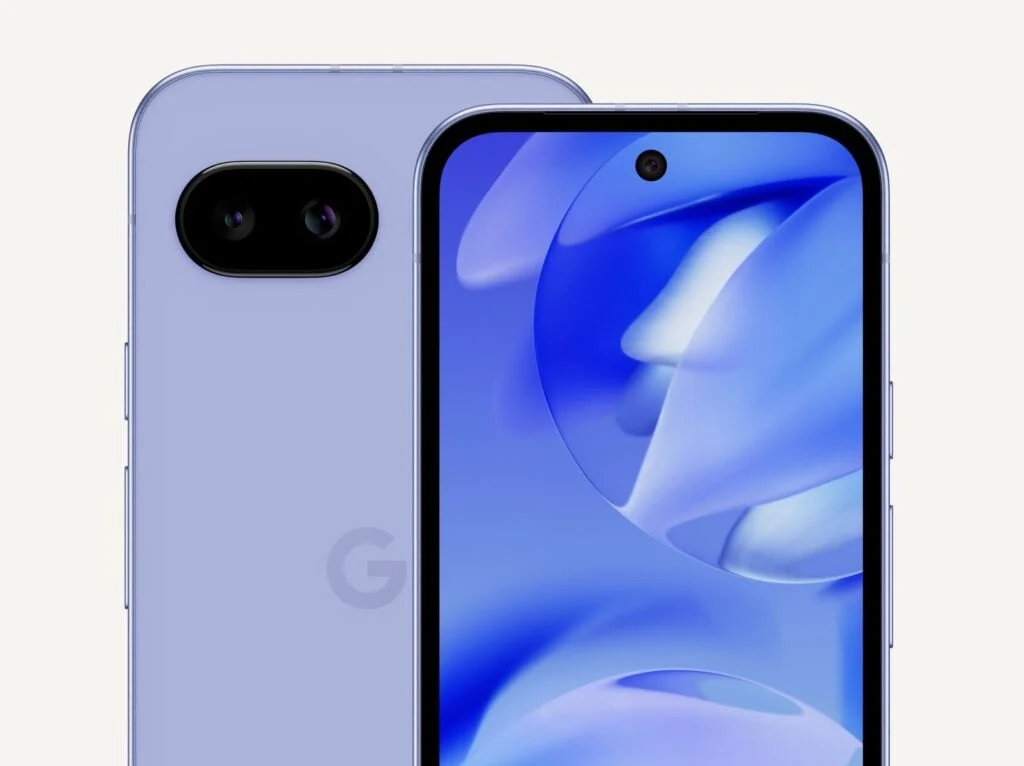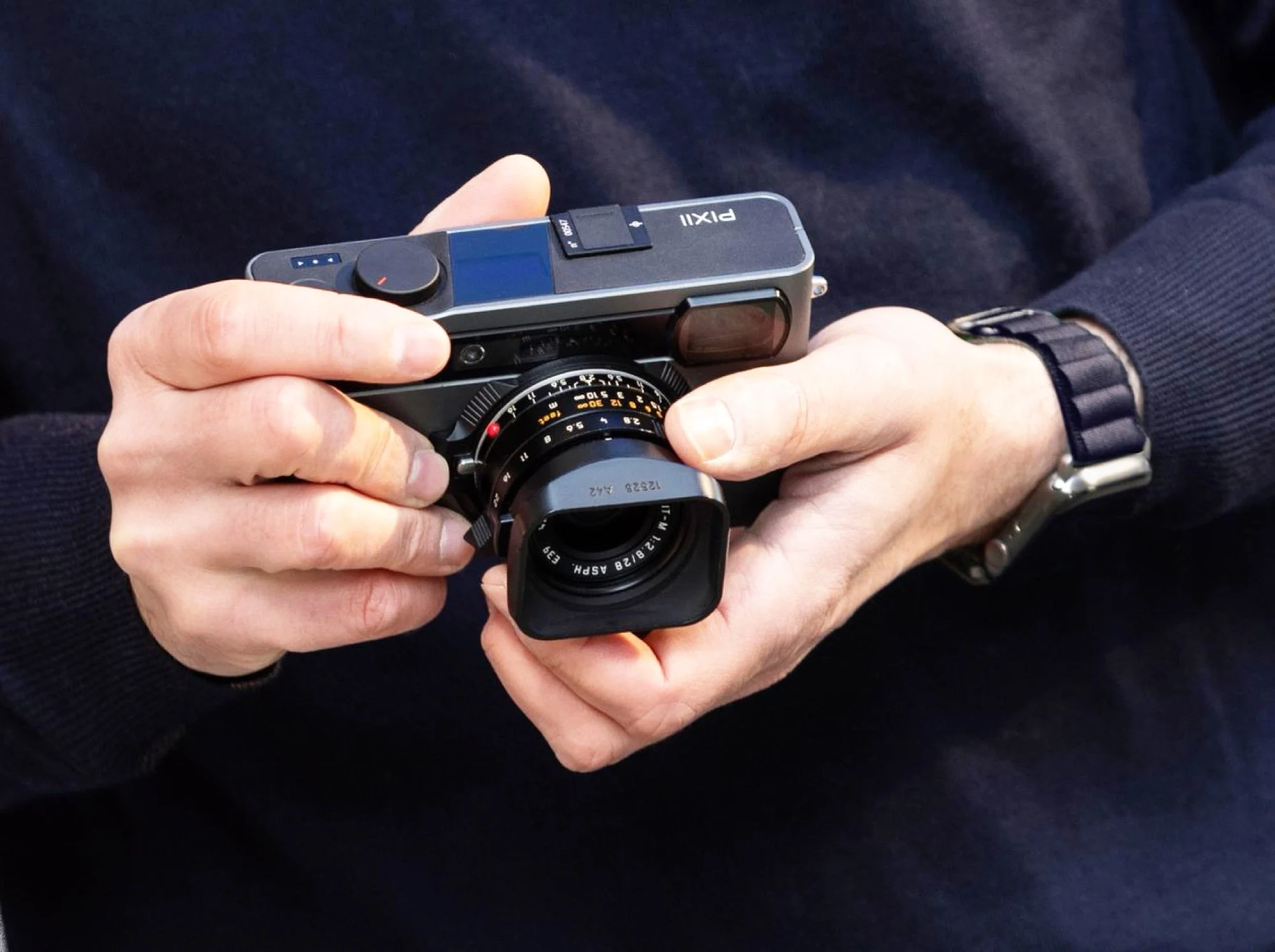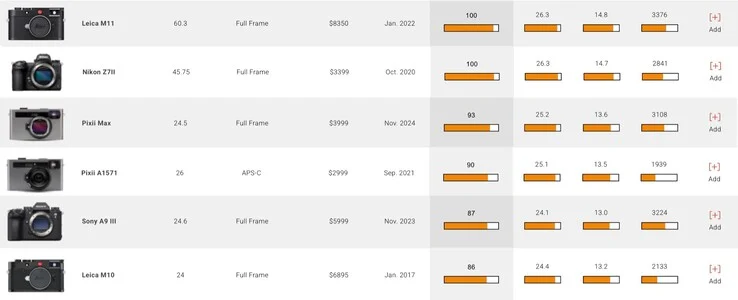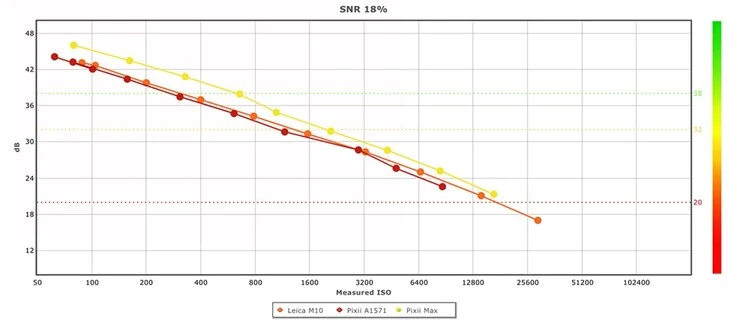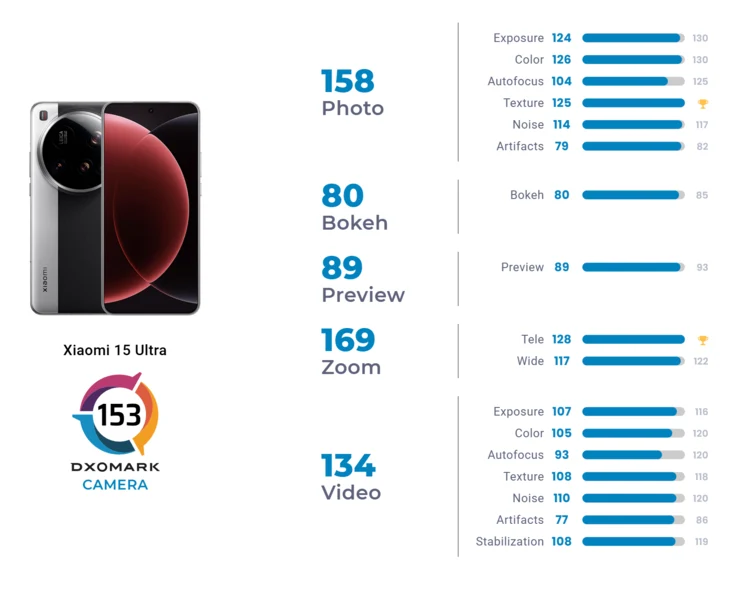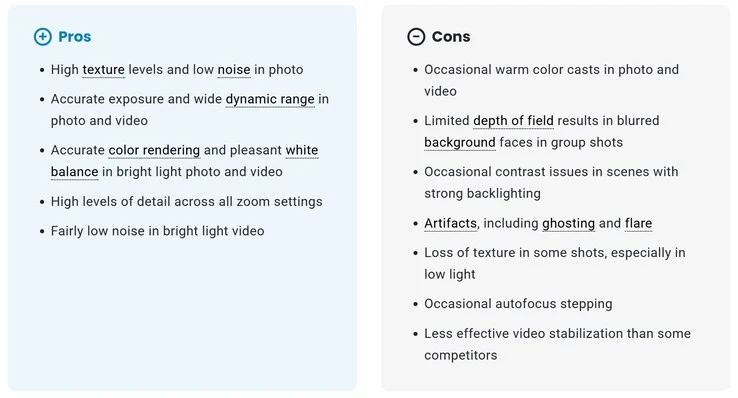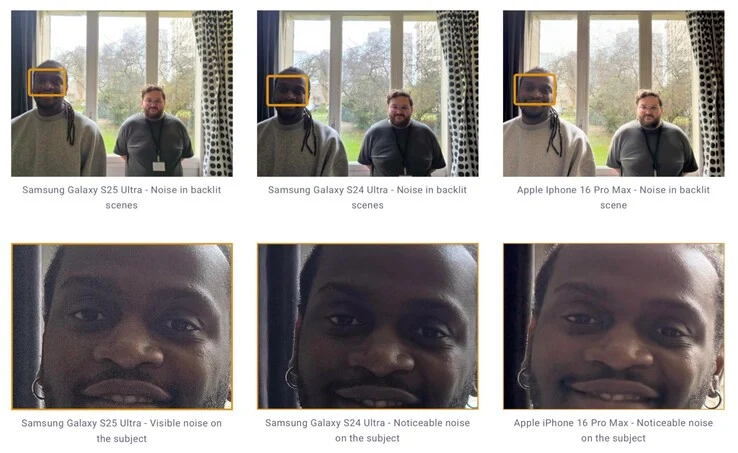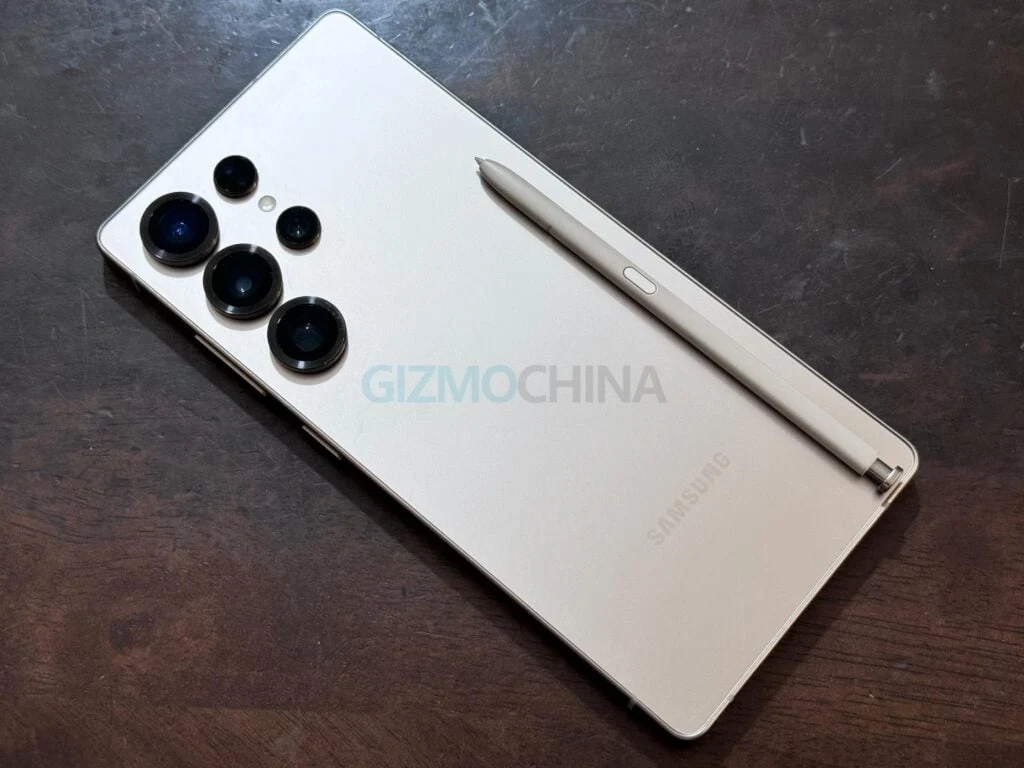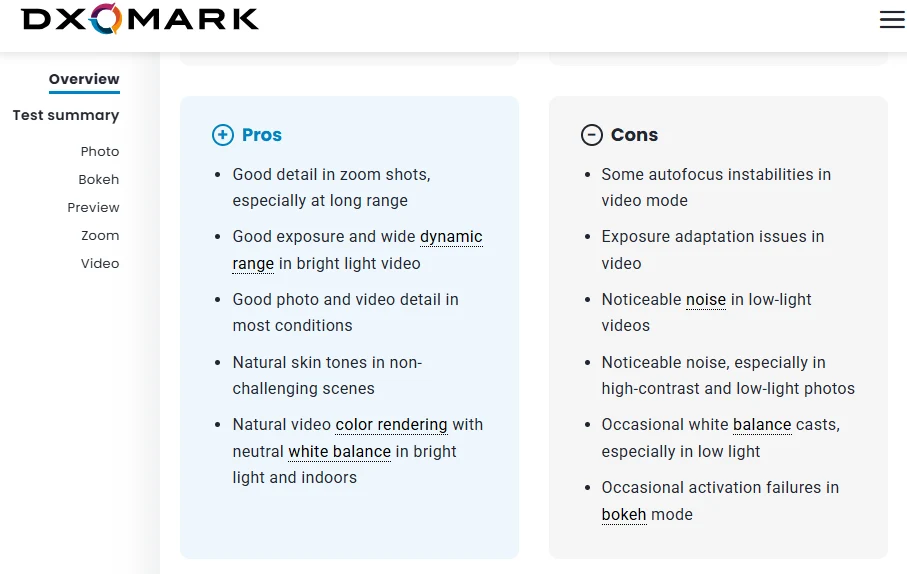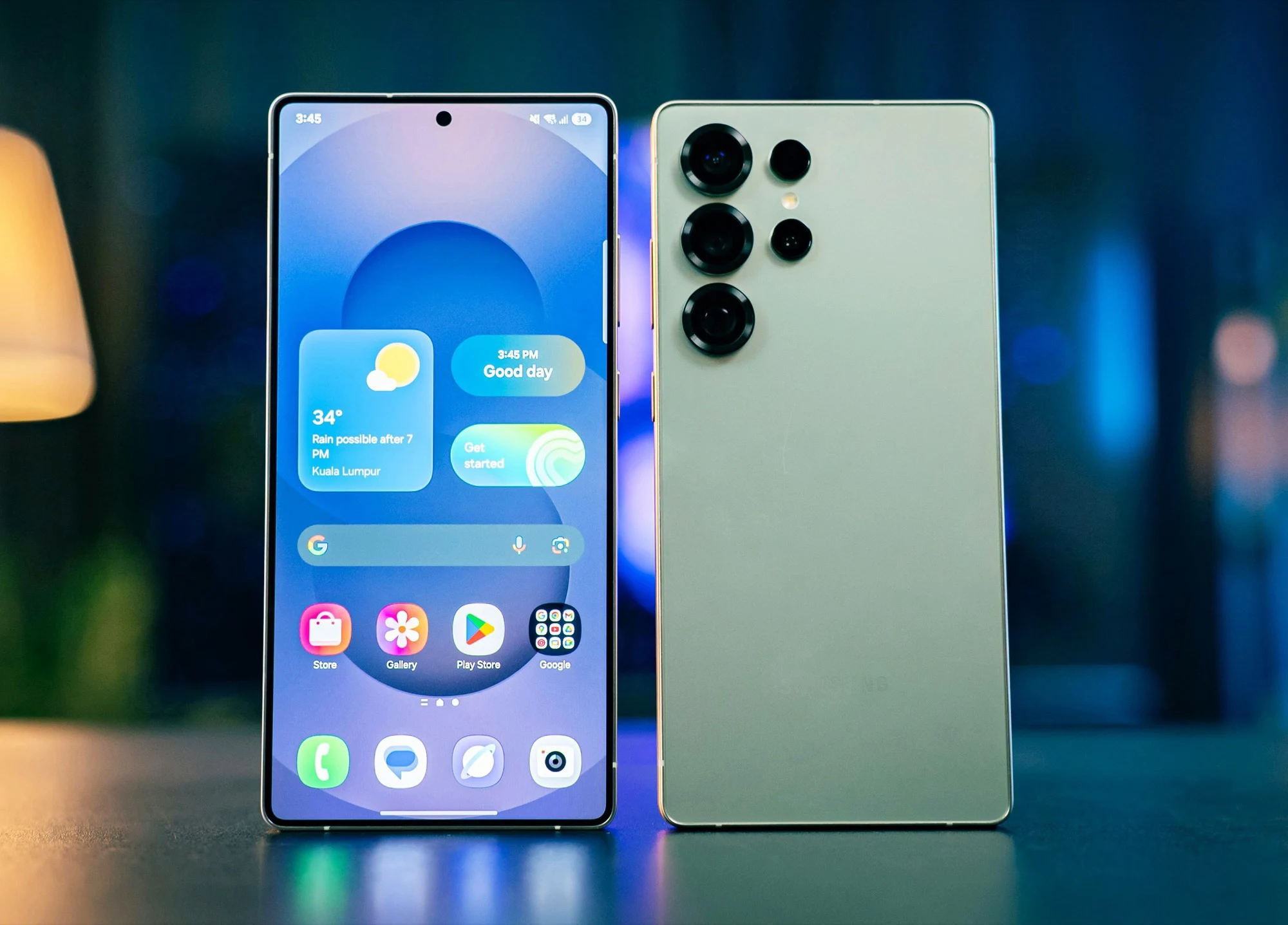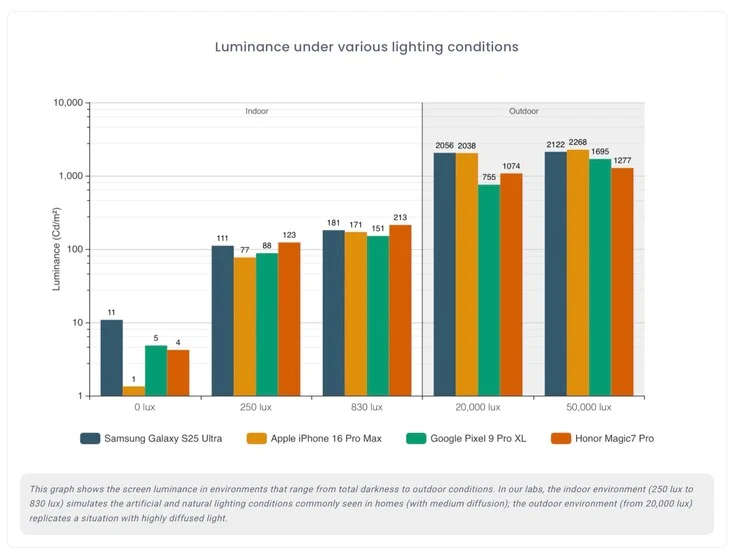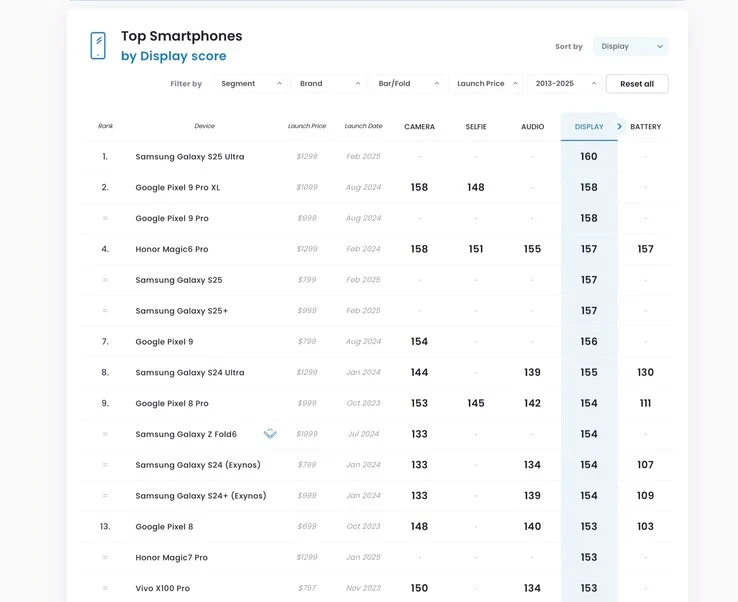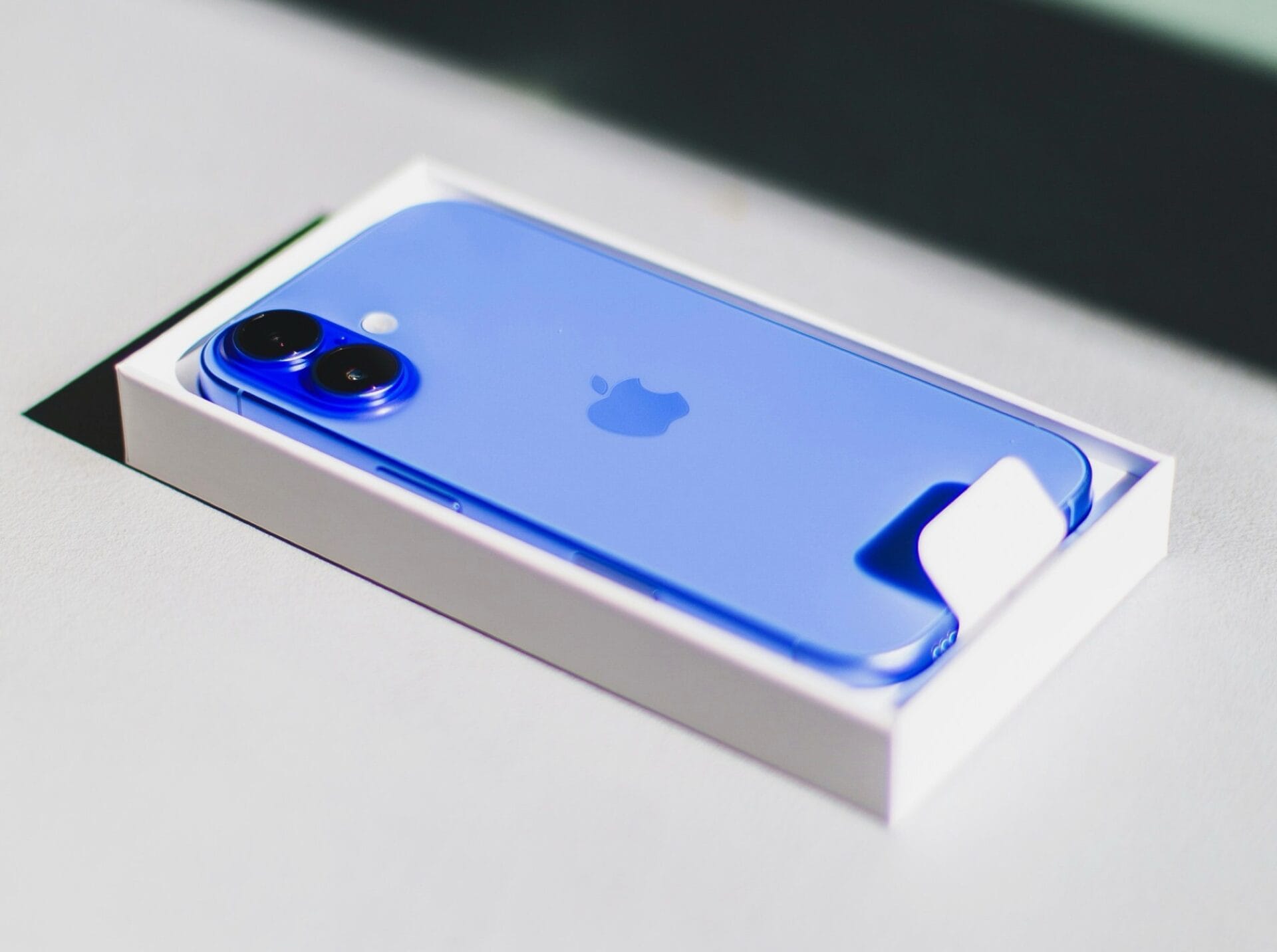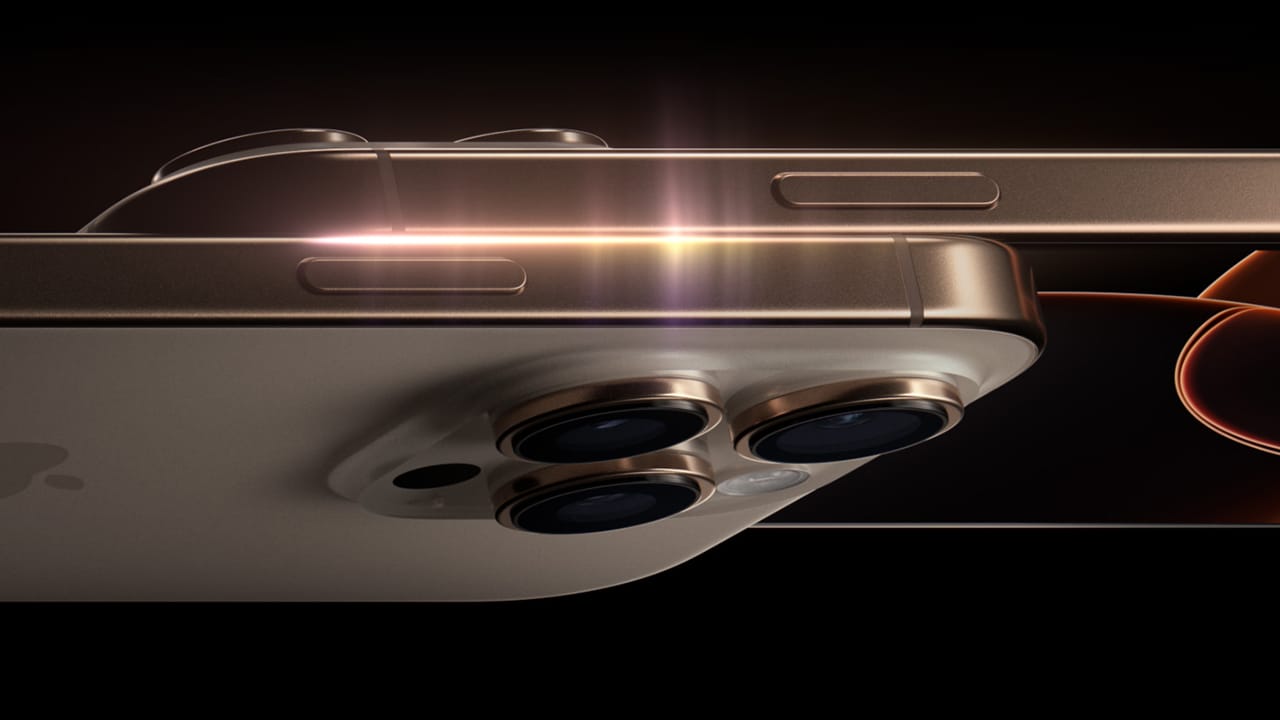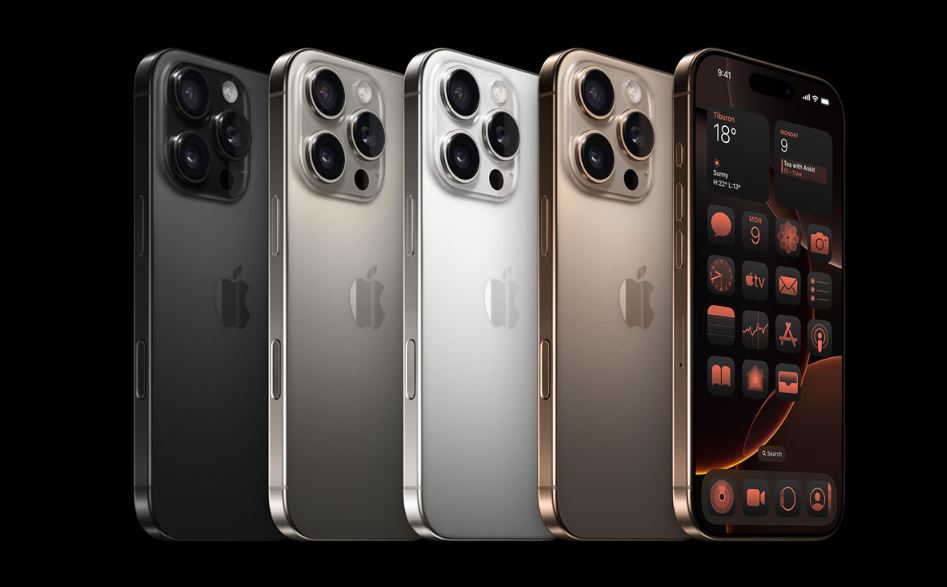Key Takeaways
1. The Pixel 9a scored 153 points in camera performance, ranking 33rd globally and first in the high-end category for upper mid-range smartphones.
2. The camera features a solid dynamic range, precise exposure, and vibrant colors, but struggles with zoomed shots and low-light conditions.
3. The display received a score of 155 points, the highest in its category, and ranked 8th globally.
4. The display is noted for being excellent for web browsing and watching videos, with a responsive and clear screen.
5. The Pixel 9a was launched in India for 49,999 INR and globally starts at 499 US Dollars.
Google’s new Pixel 9a has recently been reviewed by DxOMark, and the results are now available. Similar to the other models in the Pixel 9 series, it has earned respectable scores in both camera and display categories. Let’s dive into the details.
Camera Performance
In the evaluation of its camera, Google’s Pixel 9a scored 153 points, placing it at 33rd in the global smartphone rankings. Remarkably, it secured the top spot in the high-end category, which encompasses upper mid-range smartphones. The tests conducted by DxOMark showed that the Pixel 9a incorporates many of the high-end features found in the pricier Pixel 9.
Display Quality
The camera boasts a solid dynamic range, precise exposure, and vibrant colors. However, it does face challenges with zoomed shots due to the absence of a dedicated telephoto lens. Additionally, the Pixel 9a encounters difficulties in dim lighting conditions for both photos and videos. DxOMark also assessed the display, awarding it a score of 155 points, which is again the highest in its category. Notably, the Pixel 9a even made it into the global top 10, landing at the 8th position.
The review highlights that the display is excellent for various activities, including standard web browsing and watching videos. The Pixel 9a features a lively and clear screen that responds swiftly and accurately to touch. This model was launched in India earlier this month with an initial price of 49,999 INR, while it can be found globally starting at 499 US Dollars.

